
Most newsletters end up ignored, buried somewhere between discount codes and shipping confirmations. The idea of starting one might feel like adding to the noise. But when done right, email newsletters can be a powerful way to build trust, keep your audience engaged, and drive real results.
The catch? You have to make something people actually want to read. That means shifting your focus from pushing updates to delivering value. It’s not about getting into someone’s inbox; it’s about being invited to stay there.
A good newsletter feels less like a broadcast and more like a conversation. And the best ones give people a reason to look forward to opening every edition.
We’ve seen what works (and what doesn’t), so we’re sharing down-to-earth advice and simple steps to help you create a newsletter people actually want to open. Not just once, but every time it hits their inbox.
Table of Contents
Why Do Most Newsletters Get Ignored?
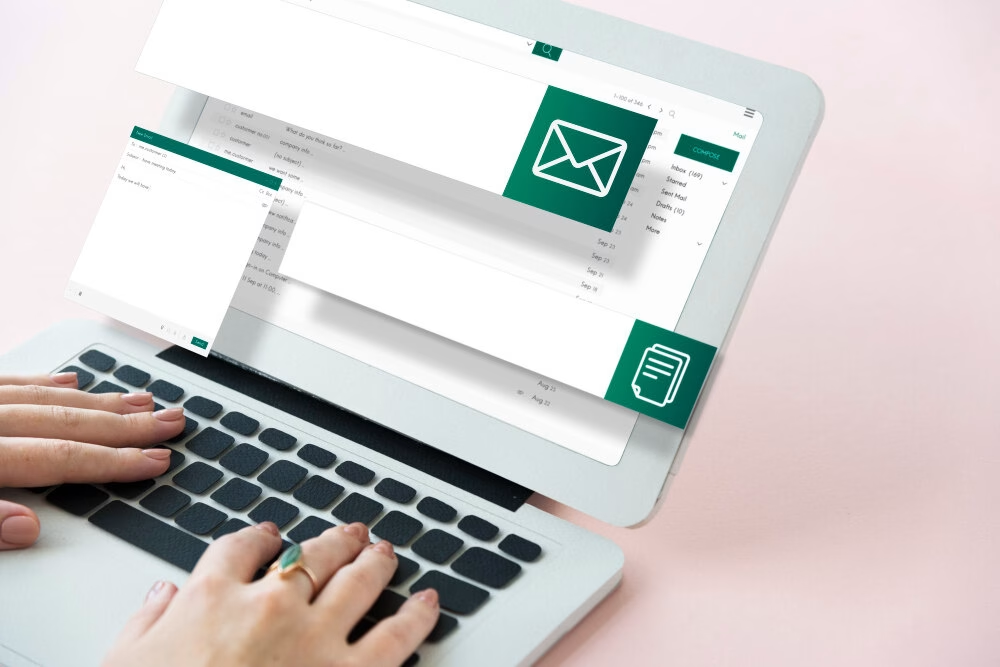
Treating newsletters like a megaphone is the most common mistake people make. They use the space to talk about themselves, advertising company updates, product launches, and press mentions, without thinking about what the reader actually cares about.
It’s easy to forget that your audience didn’t sign up just to hear you talk about yourself. They signed up hoping to get something useful, intriguing, or at least worth their time.
Another problem is lack of consistency. Some newsletters show up once and then disappear for months. Others arrive too often and say too little. If readers don’t know what to expect or start to expect nothing valuable, they’ll stop opening your emails altogether. Even worse, they might unsubscribe or mark them as spam.
And then there’s the design and formatting. Walls of text, cluttered layouts, unclear calls to action, etc. All of these factors cause people to quickly click the unsubscribe button. People’s attention spans are decreasing daily, and if reading requires effort, they’ve already lost it.
What Makes a Newsletter Worth Reading
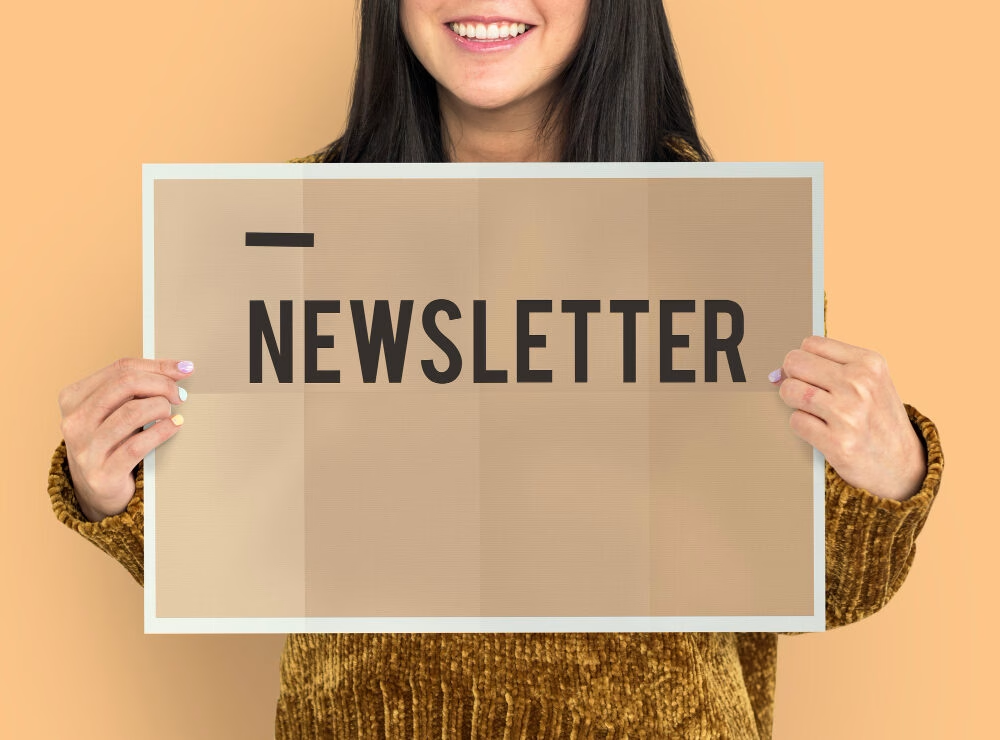
A great newsletter doesn’t try to be everything. It has a clear purpose and delivers on it consistently. Whether it’s educating, entertaining, or inspiring action, the best newsletters understand their role and stick to it. They respect the reader’s time and attention by offering something that feels genuinely useful or enjoyable.
It starts with relevance. Ask yourself, what does my audience actually want? Not what you want them to want, but what they truly care about. These could be insights that help them do their job better, stories that reflect their interests, or simple tools that make life easier. The more specific and focused you are, the more likely your content will resonate.
Tone also matters. A newsletter that sounds like a robot or a press release won’t go far. But one that sounds like a smart, relatable human? That’s what gets people to keep reading. The voice should also match your brand and feel like it was written by someone who understands the person on the other end of the screen.
Consistency helps build trust. You don’t have to send a newsletter every day or week, but when you do, it should feel like a rhythm, not a random drop-in. The goal is to become a habit. It should become a routine that people anticipate, and if executed well, they may even look forward to.
How to Structure Your Newsletter for Readability
Even the best content can fall flat if it’s hard to read. A good newsletter layout helps the reader scan, pick out what interests them, and get value quickly, whether they’re on a phone at a stoplight or skimming between meetings.
Here are some effective ways to structure your newsletter so it’s easy to read and keeps your audience engaged:
Start with a strong subject line
It doesn’t have to be clever or funny. It just needs to make someone curious enough to open the email. “5 Tools That Saved Me 10 Hours This Week” beats “This Week’s Update” every time.
Hook them with your opening line
This is where you either earn attention or lose it. Start with something that pulls the reader in: a short story, a bold statement, a question, or a surprising stat. Make them want to keep going.
Use sections and white space
Break your content into clear sections. Use headers, bullet points, and short paragraphs to make scanning easy. Each section should contain a single idea. Don’t try to cram everything into a single block of text.
Focus on one clear call to action
You can include more than one link, but pick one primary CTA you want people to notice. Ask yourself, if they only click one thing, what should it be?
Don’t underestimate design
A clean, breathable layout helps a lot. Add visuals sparingly. An image, an icon, or a simple divider can help guide the eye and make the whole thing easier to digest.
Types of Newsletters (Based on Content Style)
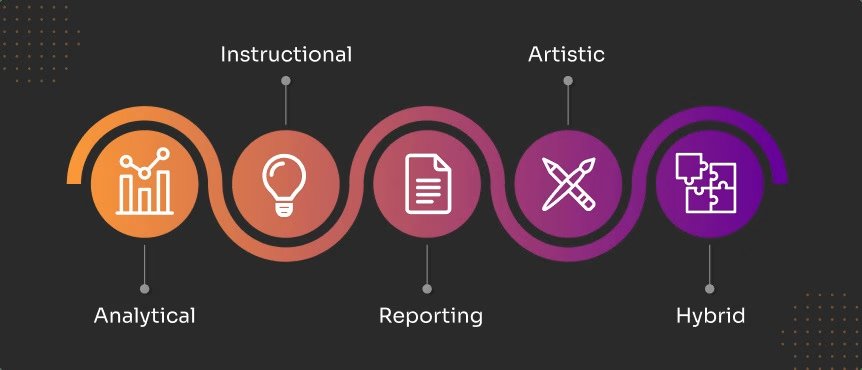
Not all newsletters serve the same purpose, and that’s a good thing.
Some are curated, offering a roundup of interesting articles, tools, or links from around the web. Others are original content-driven, where the writer shares insights, stories, or practical advice in their own voice. Some are promotional, focused on product updates, offers, or events. And then there are hybrid formats that blend a bit of everything. The key is picking a style that fits both your goals and your audience’s expectations.
If you’re writing for a busy professional crowd, a quick, skimmable resource list might go further than a long-form essay. If you’re building a personal brand, original commentary can help people connect with you.
Whatever format you choose, stay consistent and make sure it always gives the reader something they actually want.
1. Analytical
Analytical newsletters break things down. They explore trends, offer commentary, or dig into data. Think industry breakdowns, market insights, or detailed thought pieces that help the reader understand what’s happening and why it matters.
2. Instructional
The focus here is on teaching. These newsletters offer how-tos, guides, tips, or step-by-step frameworks. They’re practical and built to help the reader do something better, faster, or smarter.
3. Reporting
This style sticks to the facts: summarizing news, updates, or relevant events from a specific niche. The tone is usually neutral and informative, perfect for people who want to stay current without searching for info themselves.
4. Artistic
These are more expressive. They can include personal essays, poems, photography, short stories, or reflections. The tone is often emotional, thoughtful, or introspective. This style is common among creatives building a personal connection with readers.
5. Hybrid
Many of the best newsletters blend styles. A creator might share a personal story (artistic), offer an opinion on a trend (analytical), and include a helpful link or tool (instructional) – all in one email. Hybrid formats work well when done intentionally and with balance.
How to Keep People Opening (and Enjoying) Your Emails
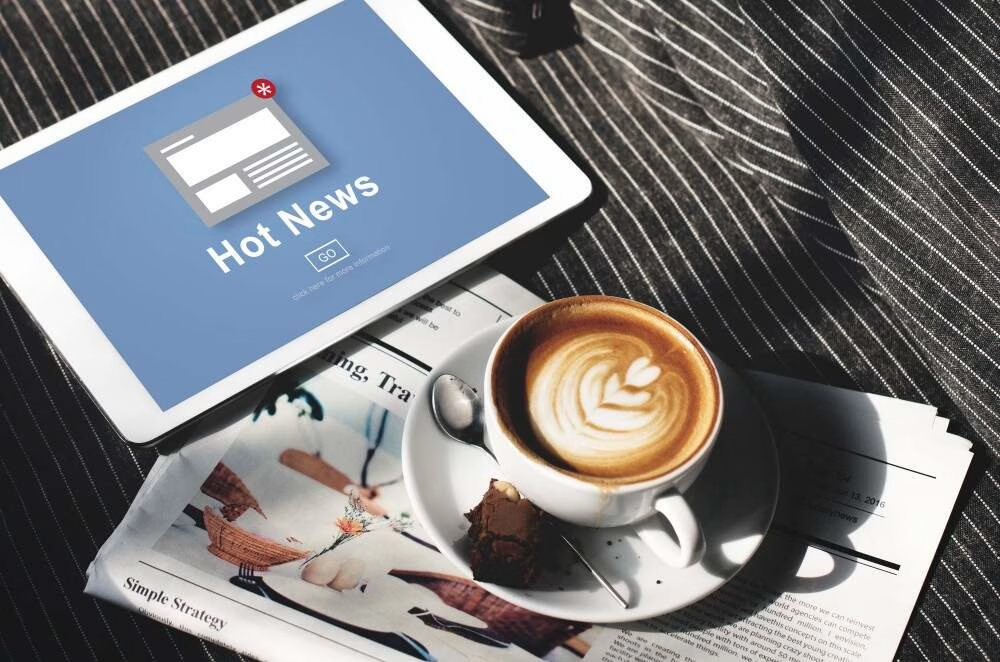
Getting someone to open your newsletter once is not that hard. The challenge lies in maintaining their curiosity so they continue to open your newsletter. That’s where the real work begins. It’s not just about writing a good subject line, it’s about building a relationship.
Ever wonder how to get people to actually open and read your emails? Keep reading.
Be consistent, but not annoying
Send on a regular schedule – weekly, biweekly, or monthly – whatever fits your bandwidth and your audience’s appetite. Just don’t flood their inbox. Showing up predictably builds trust. Showing up constantly makes people tune out.
Deliver something they can’t get elsewhere
If your newsletter just recycles what everyone else is saying, people will stop caring. What distinguishes your voice or perspective from others? Maybe it’s your experience, your humor, your curation skills, or your eye for patterns others miss. Figure that out and lead with it.
Ask for feedback
Not sure if something’s working? Ask. You can include a short question at the end of an email (“Was this helpful?” or “What would you like to see next time?”). People appreciate being asked, and even a few replies can guide your next steps.
Keep improving
Track your open rates and click-throughs, yes – but don’t obsess. Pay more attention to the replies you get, the shares, and the signs that people are genuinely engaged. A small, loyal audience is more valuable than a large, indifferent one.
Common Mistakes to Avoid
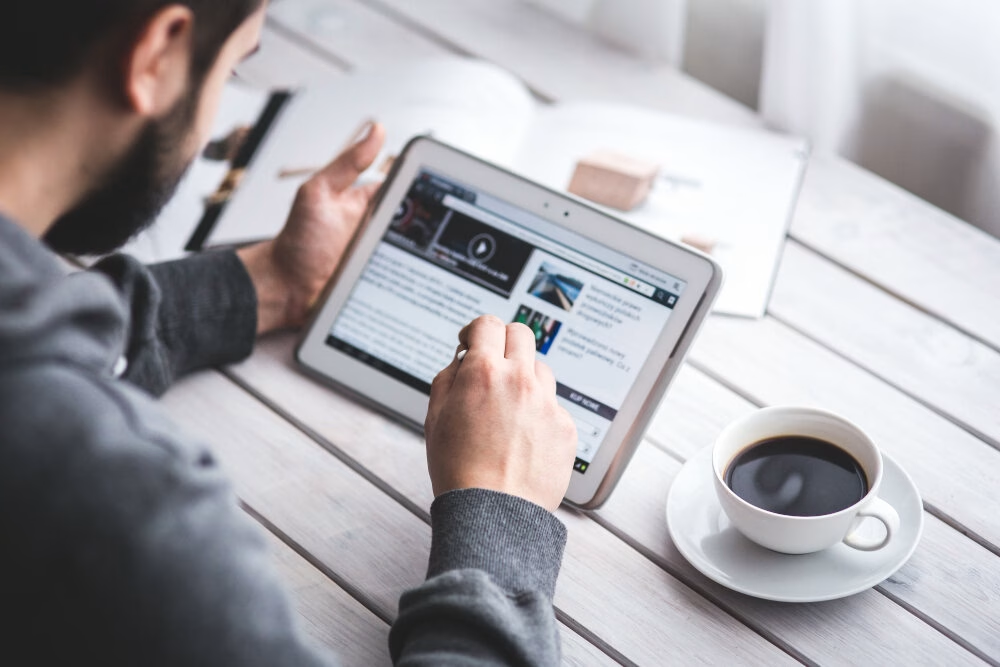
Even with good intentions, it’s easy to slip into habits that turn readers off or reduce your newsletter’s impact. Avoid these pitfalls to keep your audience engaged:
Don’t overload your readers
Trying to fit everything into one email only overwhelms people. When faced with too much text or too many links, readers often skip or delete without a second thought. Instead, focus on sharing a few meaningful points that offer real value.
Avoid sounding like a salesperson all the time
If your newsletter feels like one long sales pitch, readers will lose trust and interest fast. It’s okay to promote your products or services occasionally, but balance those moments with helpful advice, stories, or insights that don’t ask for anything in return.
Remember mobile readers
More than half of all emails are opened on phones. If your newsletter isn’t easy to read on a small screen, you’re missing out. Use short paragraphs, large fonts, and buttons or links that are easy to notice and tap.
Always include a clear next step
A newsletter lacking a clear call to action may leave readers uncertain about their next steps. Whether you want them to click a link, reply to your email, or share with a friend, make it obvious and easy to follow.
Don’t forget the subject line and preview text
Your subject line and preview text are the first things people see in their inbox. If they don’t catch attention quickly, your email may never get opened. Spend time crafting these, like headlines, because they’re your first and best chance to get noticed.
At Ginger IT Solutions, we don’t believe in one-size-fits-all strategies, especially when it comes to email marketing. Our approach is always rooted in understanding the audience first. That’s how we help brands build newsletters people actually look forward to. Whether it’s a polished B2B roundup or a personal founder update, we make sure each email earns its place in the inbox.
Conclusion
Creating an email newsletter that people actually read isn’t about fancy tricks or clever marketing jargon. It’s about understanding your audience, respecting their time, and consistently delivering something they find valuable or enjoyable.
Focus on clear, useful content, easy-to-read formatting, and building a genuine connection over time. Avoid common mistakes like overwhelming readers or sounding too salesy, and don’t forget the importance of strong subject lines and a clear call to action. With patience and care, your newsletter can become a welcome part of your readers’ inbox, a space they look forward to visiting again and again.

